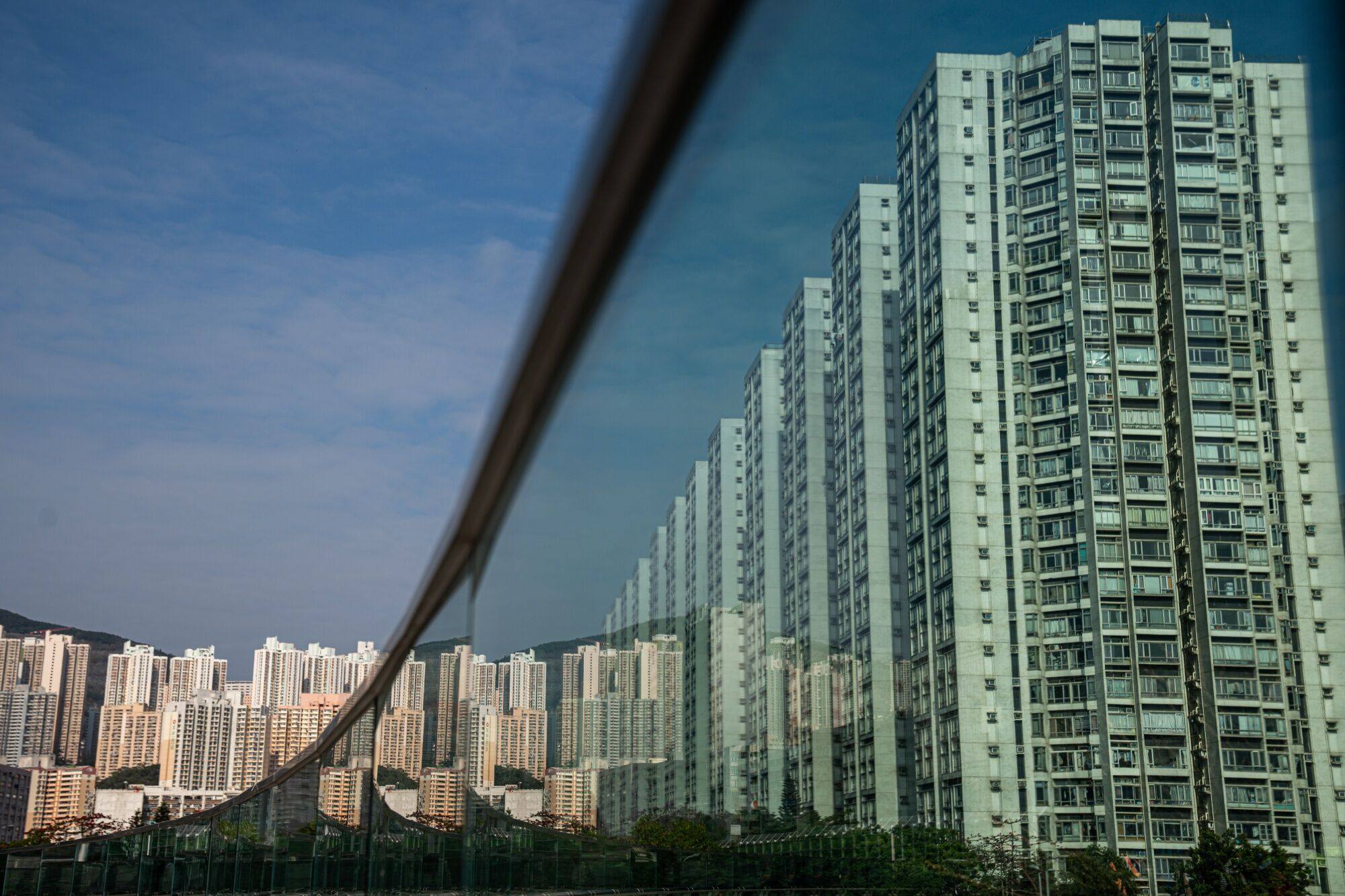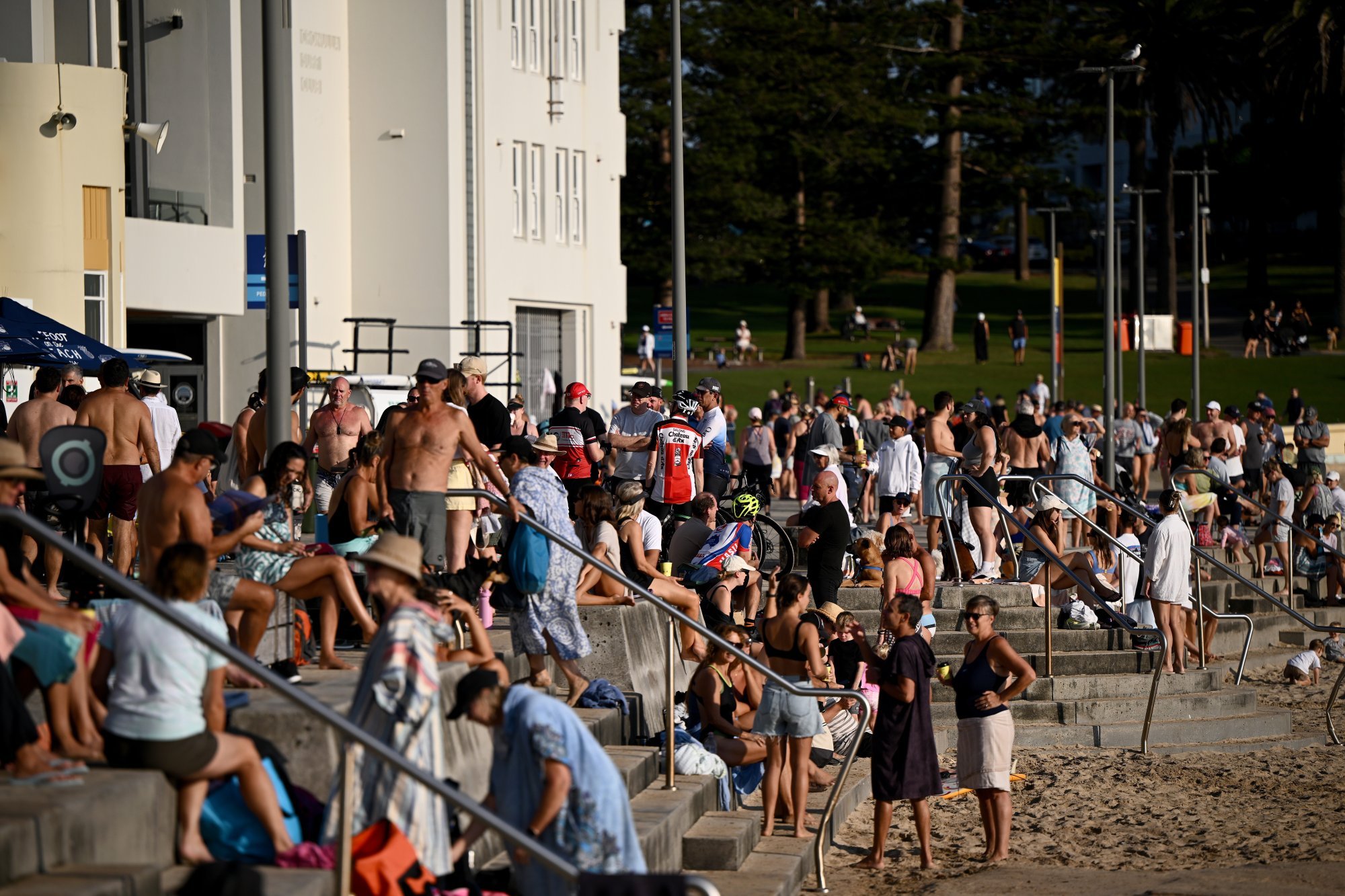At the beginning of this year, futures markets were pricing in six quarter-point cuts in US interest rates in 2024. The Federal Reserve, the world’s most important central bank, expected only half the amount of monetary easing. Yet, by the end of last week, investors were more cautious than the Fed, with only one cut this year fully priced in.
The dramatic reversal in bets on reductions in benchmark US borrowing costs is a function of both the strength of America’s economy – which has contributed to the stickiness of inflation – and overly optimistic assumptions about the scope for rate cuts, which up until last week the Fed had done little to counter.
The prospect of borrowing costs remaining higher for longer has rattled global markets, particularly Asian currencies which are under severe strain due to the surge in the US dollar. Morgan Stanley predicts many Asian central banks will be forced to delay rate cuts, with the easing cycle in the region likely to be “even shallower”.
For the rate-sensitive property sector, the rapid unravelling of bets on lower borrowing costs adds to the pressures and uncertainties, especially in those markets that have already suffered sharp declines in prices and transactions.

For prospective first-time buyers, those who purchased their homes just before the market peaked, developers sitting on excess inventory, and the government banking on higher revenues from land sales, higher-for-longer rates pose an acute threat.
However, apart from borrowing costs, other factors such as the supply-demand imbalance are just as important, if not more.
While tight supply is a key factor, the surge in net overseas migration following the reopening of the country’s international borders in mid-2022 is more important. Australia’s population growth reached 2.5 per cent in the year ending September 2023, the fastest annual rate since 1981.

More importantly, 80 per cent of Singaporean residents live in public housing, 90 per cent of whom own their apartments. “They can also gain access to cheaper fixed-rate loans,” said Nicholas Mak, chief research officer at property portal MOGUL.sg.
Singapore ties as world’s priciest city but Hong Kong slips to fifth: EIU survey
Singapore ties as world’s priciest city but Hong Kong slips to fifth: EIU survey
Asia’s commercial property sector, on the other hand, is more at risk from a higher-for-longer rate environment. Last year, transaction volumes across the region fell to their lowest level since 2012, with investment activity in the vulnerable office market suffering the sharpest decline, data from MSCI shows.

With little prospect of rate cuts any time soon, some owners may be more willing to concede on the price of a potential deal, providing a fillip to investment activity. “There’s very little distress in Asia but higher-for-longer [rates] may create more motivated sellers,” said Stuart Crow, chief executive for capital markets, Asia-Pacific, at JLL.
The big question now is how much longer borrowing costs will remain at high levels. Expectations of rate cuts this year have helped revive confidence in many property markets. If central banks keep rates too high for too long, growth could suffer. Australia’s buoyant housing market looks vulnerable. Eliza Owen, head of research at CoreLogic Australia, said the market “could move into a downswing before rates are cut”.
Yet Australia’s residential market has so far withstood the rise in rates, a sign that other, equally important, factors are at play in Asia’s property sector.
Nicholas Spiro is a partner at Lauressa Advisory

